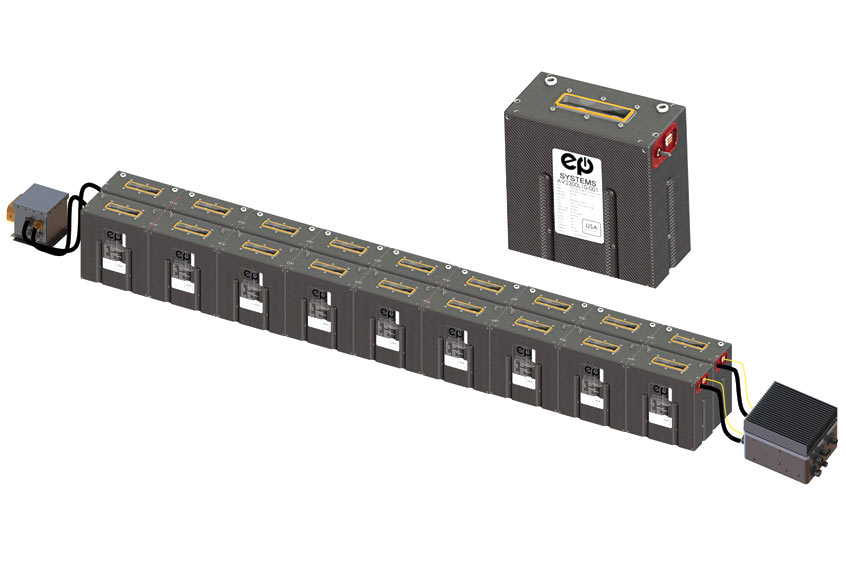ACE 2026 - The home of global charter.
 The bimonthly news publication for aviation professionals.
The bimonthly news publication for aviation professionals.

French hybrid-electric aircraft developer VoltAero is to equip its prototype Cassio 330 hybrid-electric aircraft with Electric Power Systems' EPiC energy storage system, bringing industry-leading battery technology to VoltAero's first-built versions of its Cassio aircraft family.
An agreement between the two companies calls for the initial EPiC energy storage system to be delivered in the first half of 2022 for integration on VoltAero's first Cassio 330, the company's four seat variant with a combined hybrid-electric power of 330 kilowatts.
“Electric Power Systems is at the forefront of electric aircraft battery technology, which makes the company a natural match for our Cassio aircraft and its unique hybrid propulsion unit,” says CEO and CTO Jean Botti. “This agreement marks another important step closer to the Cassio 330's maiden take off, which will initiate our development, test and certification programme for the Cassio series of aircraft.”
The EPiC energy storage system contains advanced cell technology that offers an energy density of over 200 Wh/kg (watt-hours per kg) at the battery pack level, while providing over 2,000 fast-charge cycles before replacement is required. The EPiC Ecosystem developed by Electric Power Systems consists of modular building blocks that allow customisation at the aircraft level.
To be produced in versions with capacities of four to 10 seats, the Cassio family will suit private owners, air taxi/charter companies, commercial service in point-to-point regional travel, and other utility-category (cargo, postal delivery, medevac) applications.
VoltAero's Cassio design is based on an aerodynamically optimised fuselage, a forward canard and an aft-set wing with twin booms that support a high-set horizontal tail. It will be qualified to Europe's EASA CS23 certification specification as a single engine, general aviation category aircraft and is designed from the start for a low cost of ownership.
There will be three versions, beginning with the Cassio 330, and each sharing a high degree of modularity and commonality. The follow on six seat Cassio 480 will have a hybrid-electric propulsion power of 480 kilowatts, while the Cassio 600 is sized at a 10 seat capacity with a hybrid-electric propulsion power of 600 kilowatts.
VoltAero's proprietary hybrid-electric powertrain has undergone extensive flight evaluations with the company's Cassio 1 demonstrator aircraft, covering more than 8,500 km in operations across Europe on typical general aviation and air taxi/charter route segments, thereby de-risking it for airworthiness certification.
Cassio aircraft are to be built in a dedicated production facility at Rochefort airport in France's Nouvelle-Aquitaine region. Groundbreaking is scheduled for the first half of 2022.